Catastrophic flood in Greece 2023
The number of flood victims in Greece has risen to 15, and there are still individuals listed as missing. Many villages in Thessaly are still completely submerged. For those unfamiliar, the region most affected by the floods is called Thessaly, located in central Greece. It’s known primarily for wheat cultivation, as well as fruits, vegetables, and livestock. This area is often referred to as Greece’s breadbasket.
Currently, nearly the entire Thessalian plain has turned into a massive lagoon, filled with tons of mud, debris, and sewage. The destruction of agricultural and livestock assets, as well as farming infrastructure, is nearly total and will have long-term effects (lasting for several years).
Flood damage to crops is almost 100%.
Initial assessments of the devastation faced by farmers and growers are staggering. Over 850,000 hectares of crops have been submerged. Fields of cotton, corn, wheat, clover, horticulture, peach orchards, and apple orchards have been inundated by a tremendous amount of water and the overflow of the Pinios River and its tributaries.
Initial reports, while the waters have not yet receded, indicate over 40,000 sheep and goats have perished, with expectations of that number rising significantly.
Farmers and herders, who have worked for generations, have lost everything. Many of them, now in their middle years or older, cannot start anew. Producers have seen their cornfields ready for harvest vanish before their eyes in a matter of hours. Thousands of tons of grain stored in their warehouses have turned into mud and filth. At best, only the warehouse walls remain, those that haven’t collapsed, as everything inside from products to agricultural tools and generators is submerged in murky water.
The President of the United Farmers’ Association of Karditsa describes the situation in the Karditsa region and the destruction suffered by farmers and growers. “There is 100% damage in 90% or more of the Karditsa prefecture. Thousands of fields of cotton, corn, wheat, fruits, vegetables, and other products have been destroyed. Machinery, tractors, irrigation tires have also been damaged. As for livestock, 99 percent of sheep and goats, as well as cattle, pigs, and domestic animals, have drowned.”
The flood has destroyed 40% of Greek cheeses.
The Thessalian plain produced:
52.8% of industrial tomatoes
38% of cotton
54.7% of pears
51.7% of almonds
39.5% of chestnuts
26.3% of walnuts
19.4% of domestic sheep milk
13.7% of domestic Aegean milk
19.5% of cow milk
18.5% of beef
10% of pork
40% of soft cheeses
25% of hard cheeses
“When even now in Metamorfosi, Maratea, Vlochos, Koskinas, water is above homes, you understand the magnitude of the catastrophe,” he emphasizes. According to Mr. Zele, it’s crucial to “collect dead animals because there’s a significant risk of infectious diseases from decaying carcasses and sewage mixed with murky water.”
The national road from Thessaloniki to Athens remains closed at several points, and the Volos population has been without drinking water for eight days. Thousands of people have been evacuated, and many are still waiting for rescue.
For information on the possibility of roads, see our text HERE.
You can also find information on our social media channels:
Facebook
Instagram
Live from Greece

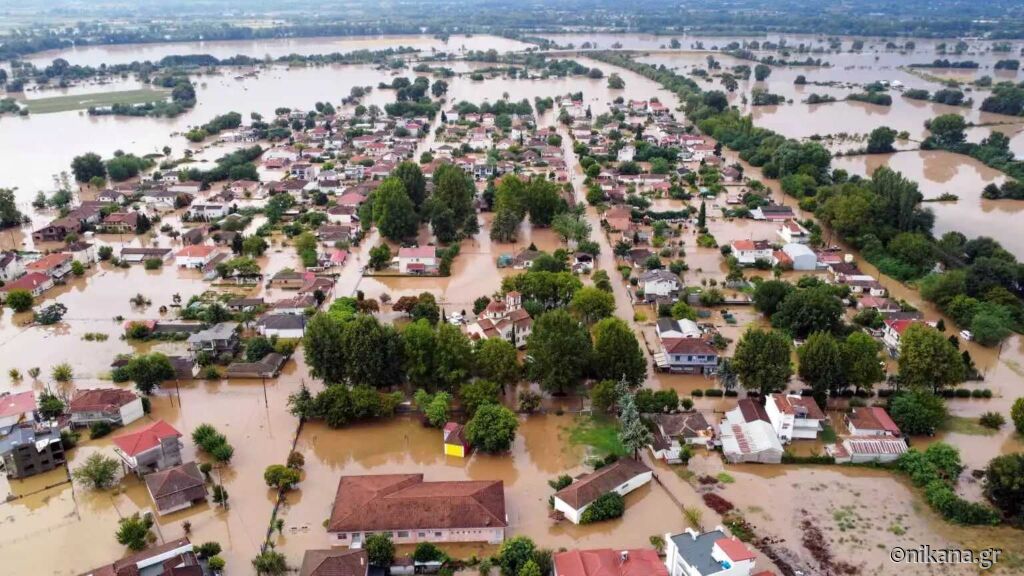
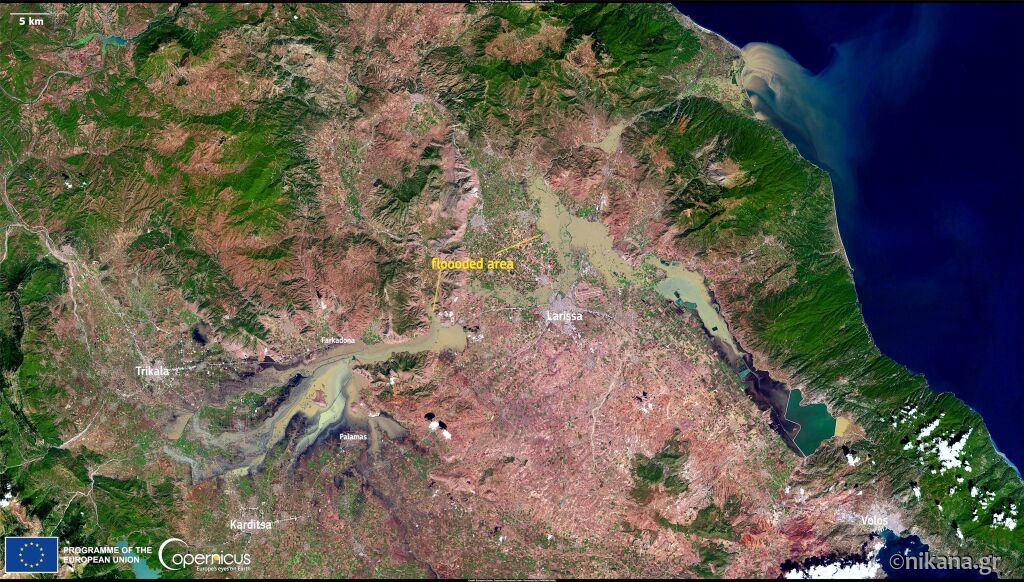
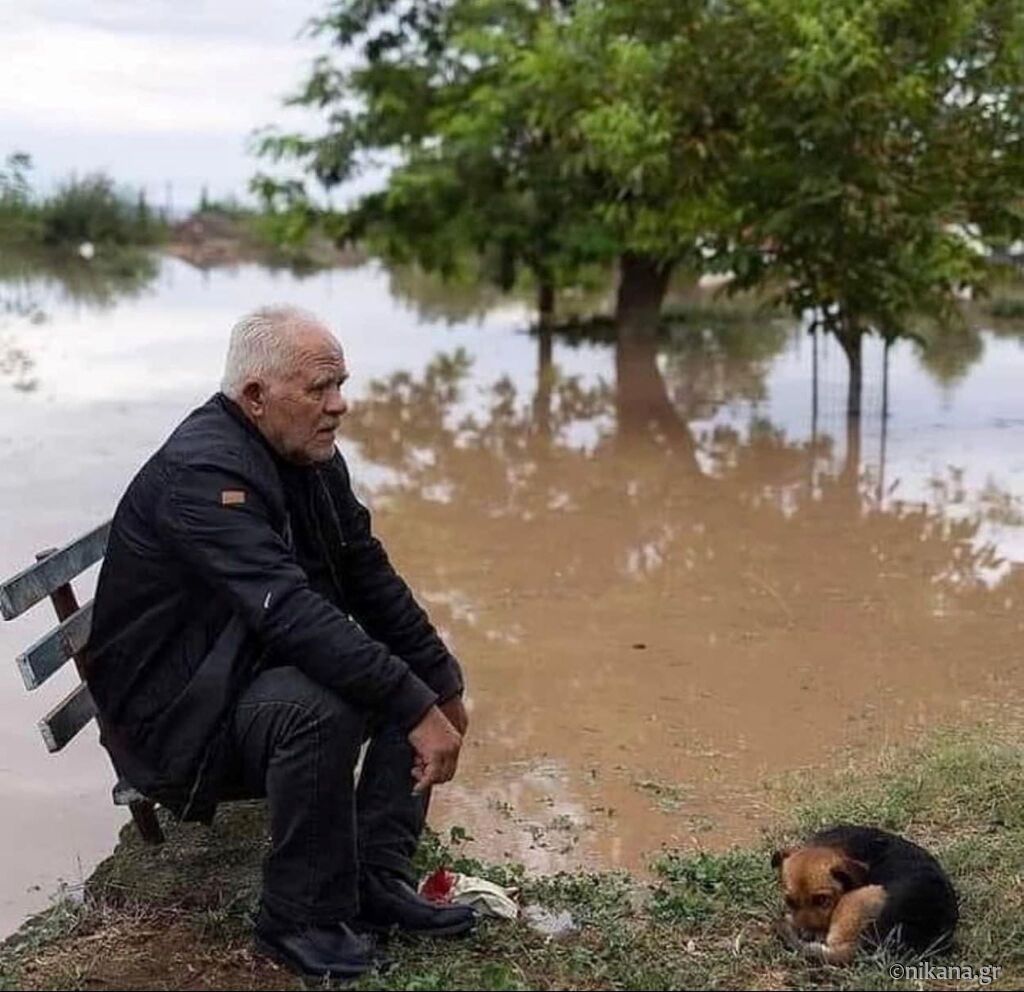
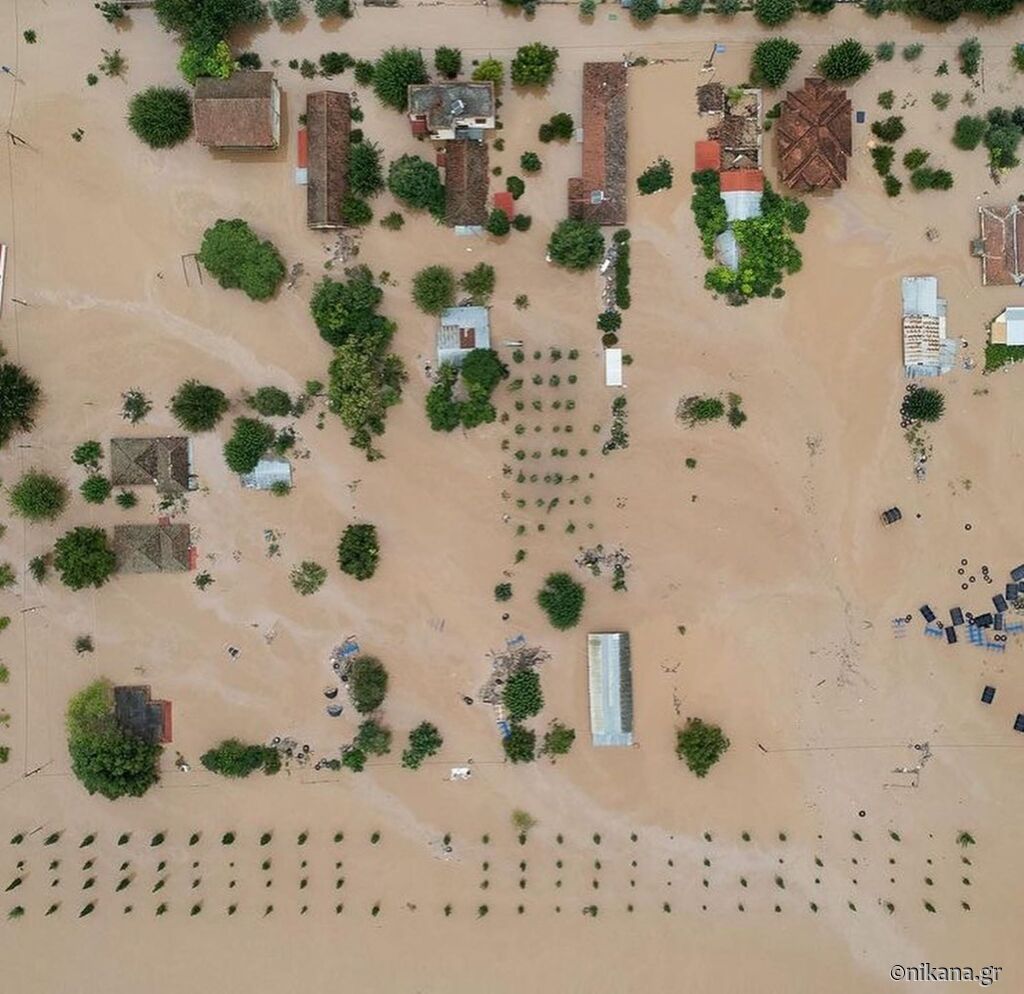
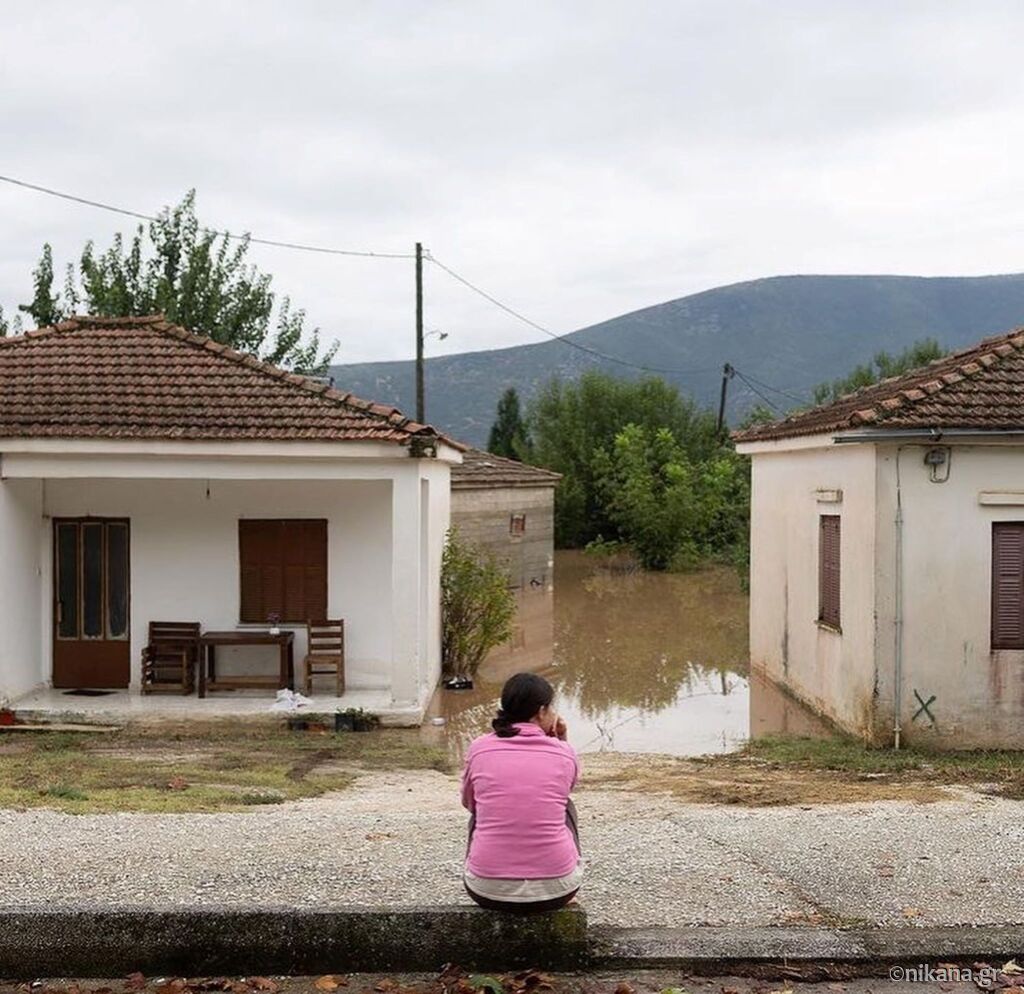
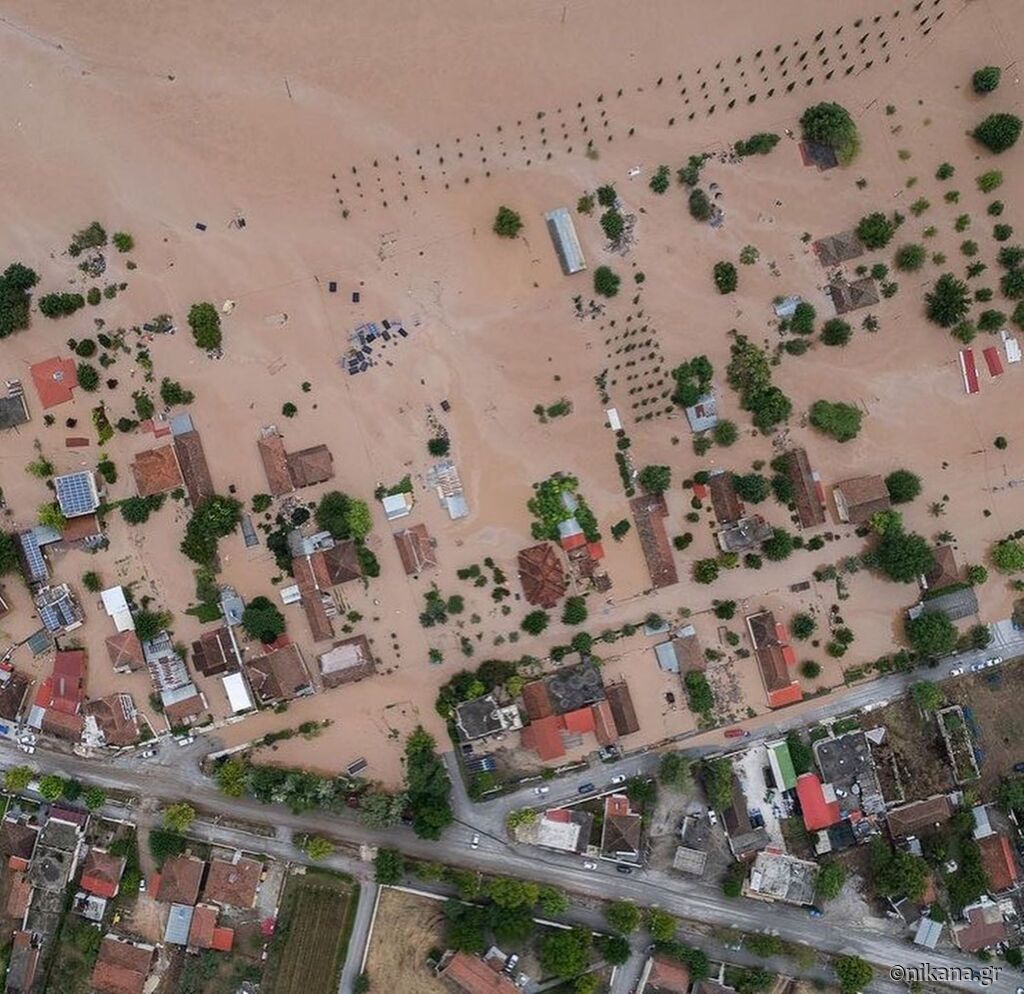
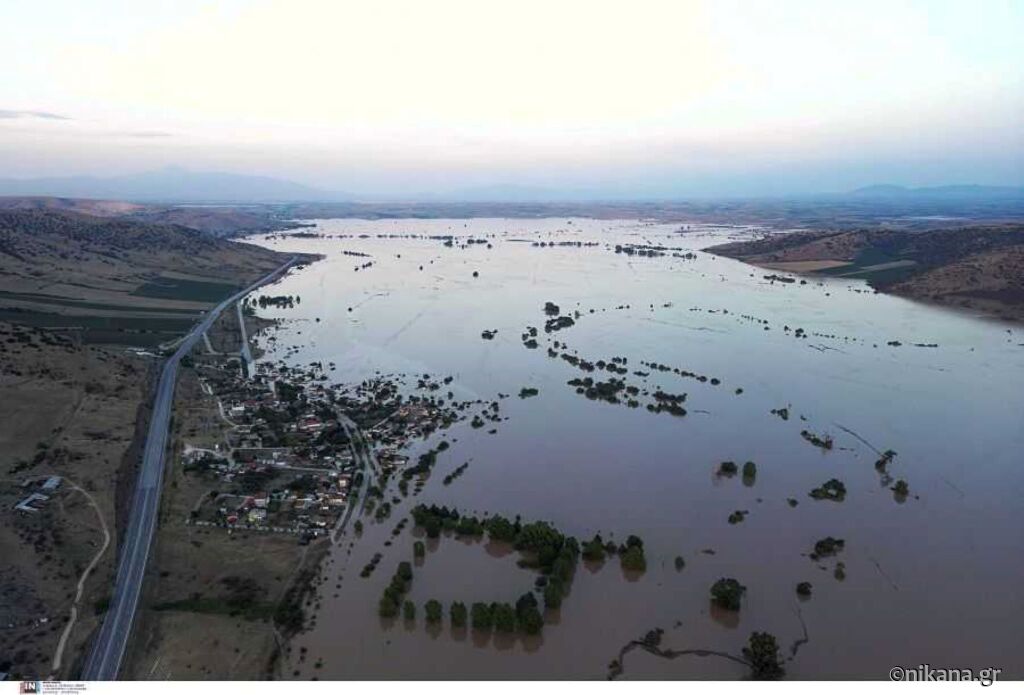
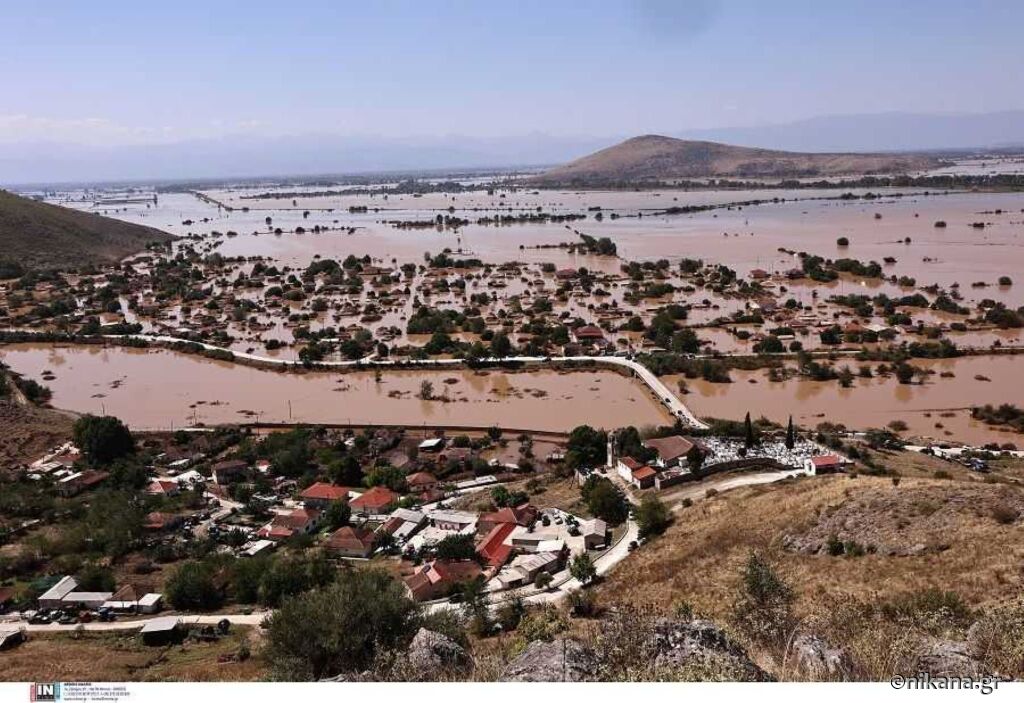
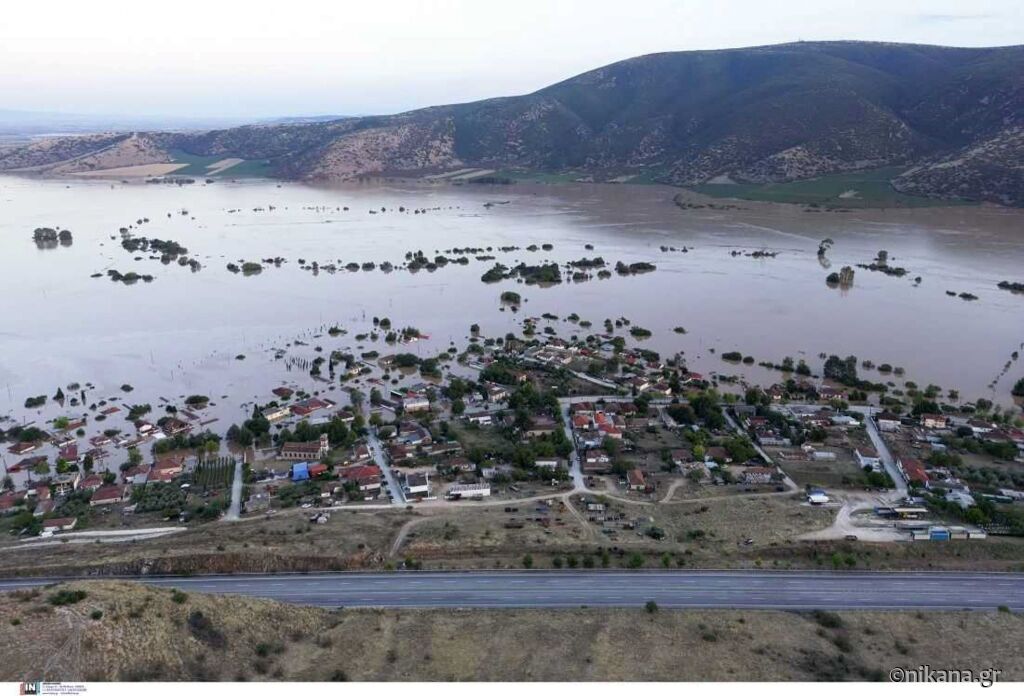













Post a Comment
NOTE
All your questions in the comments will receive an answer via email so check your inbox shortly after you posted comment. For more detailed questions and responses, contact us via mail nikana@nikana.gr.